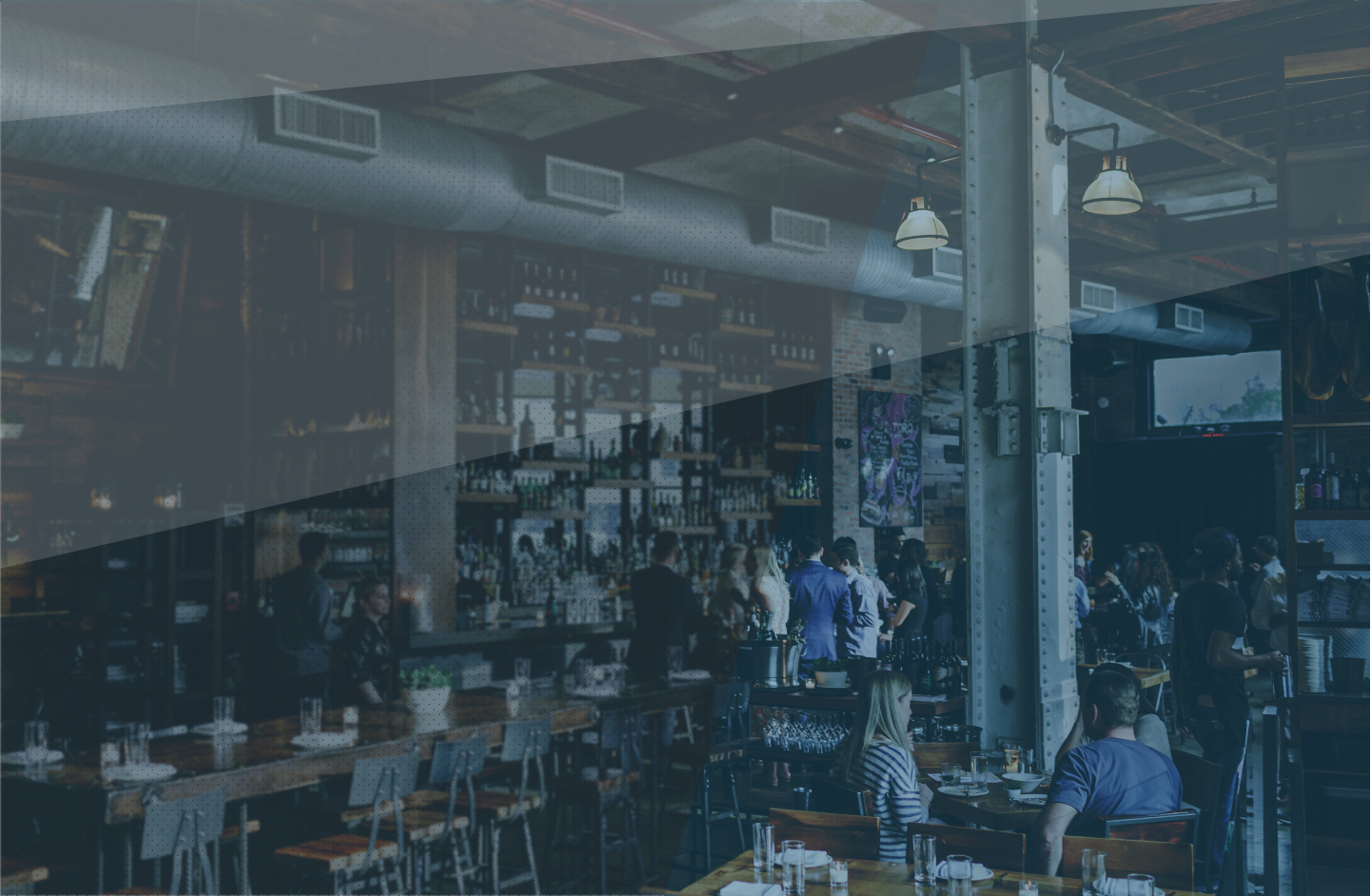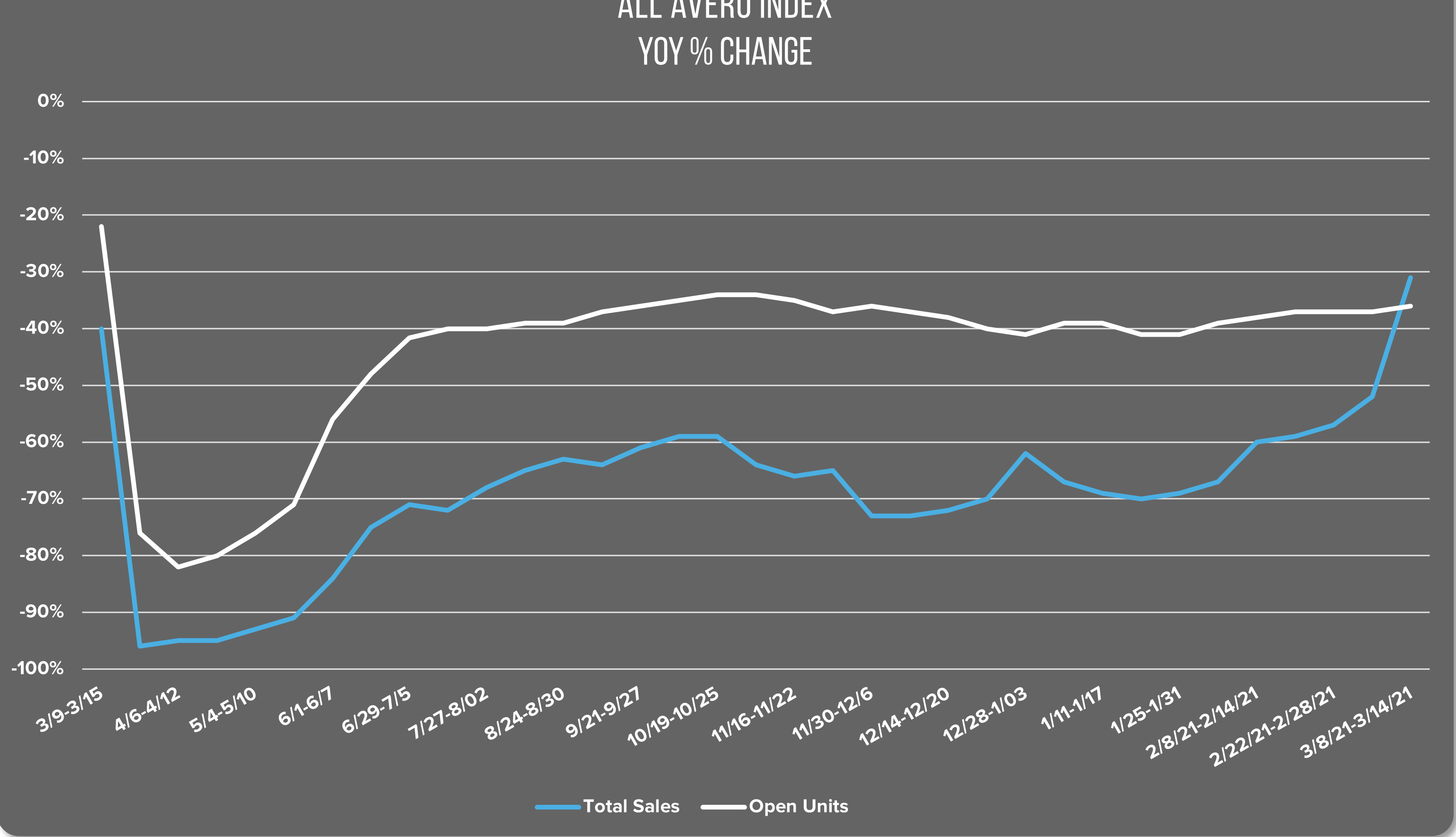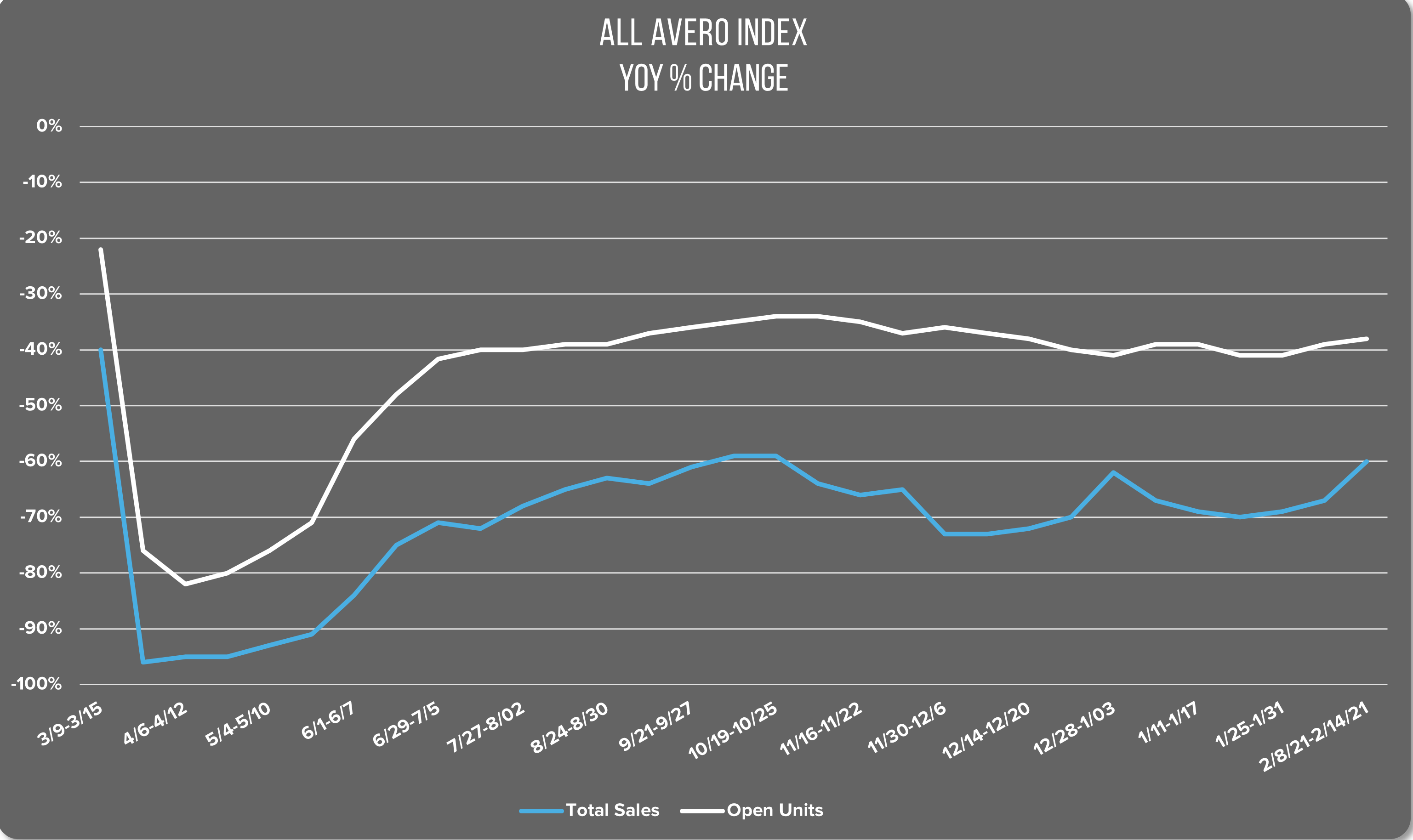
With a client base of over 7,000 restaurants and growing, Avero has access to unique analytical insight into the health of restaurants across the country and around the world.
Here in the U.S., July 2016 showed continuously bleak outlooks on year-over-year same-store sales across the country, overall decreasing 0.6%. New York is one of the cities that suffered the most, with restaurants that have an average check of less than $40 reaching a two-year low 4.3% decrease.

West Coast restaurants fared considerably better — Los Angeles, Las Vegas, and San Francisco all posted positive YOY same-store-sales growth, but this rosy outlook may not tell the full story. Weekend sales hit a two-year low in Las Vegas, decreasing 4.2%, but three months of growth in breakfast and lunch sales countered shrinking weekend sales, suggesting that Vegas is seeing more business meals during the week but fewer dinners out on weekends, meals normally purchased by the cornerstone of Las Vegas’s consumer base: tourists.

Digging deeper into San Francisco restaurant trends, July saw a 2.2% increase in YOY same-store sales, following five consecutive months of growth that included an impressive 19.6% in February. What could be responsible for these numbers? Back in October, Eater declared the Bay Area to be America’s top fine-dining destination, most likely bolstered by the area’s legions of post-IPO tech millionaires. As characterized by The New York Times, sales at fine-dining establishments in the San Francisco area are thriving because these restaurants can flexibly control costs and appeal to a wealthy client base. The demand for these restaurants seems to be the key driver of The Golden Gate City’s positive growth. On the other hand, according to the same NY Times article, mid-range restaurants face labor costs nearing 50% of expenditures from a combination of rising rents, rising minimum wage, and higher ingredient costs, so only time will tell if San Francisco’s fine-dining sales can sustain that growth.






